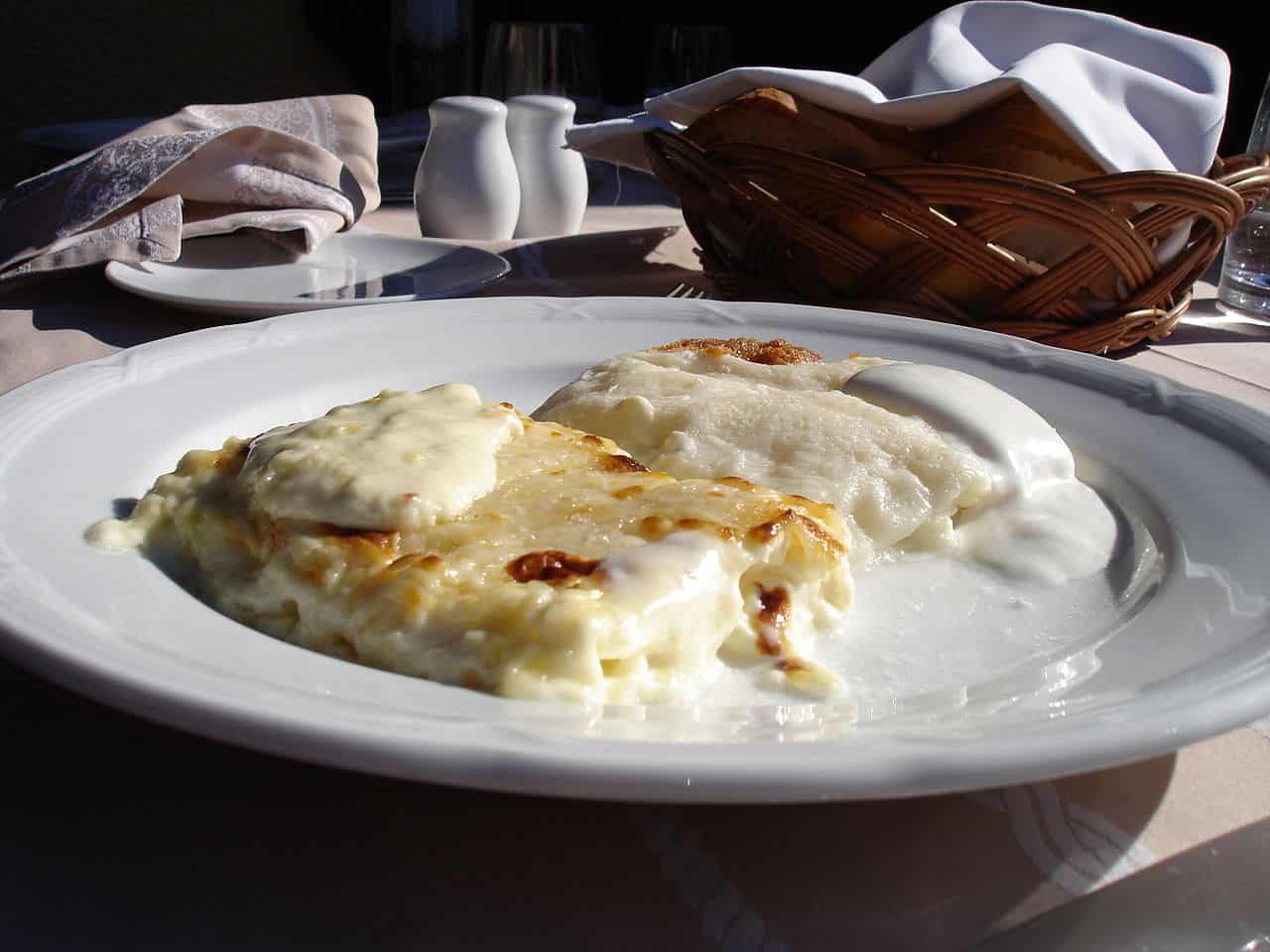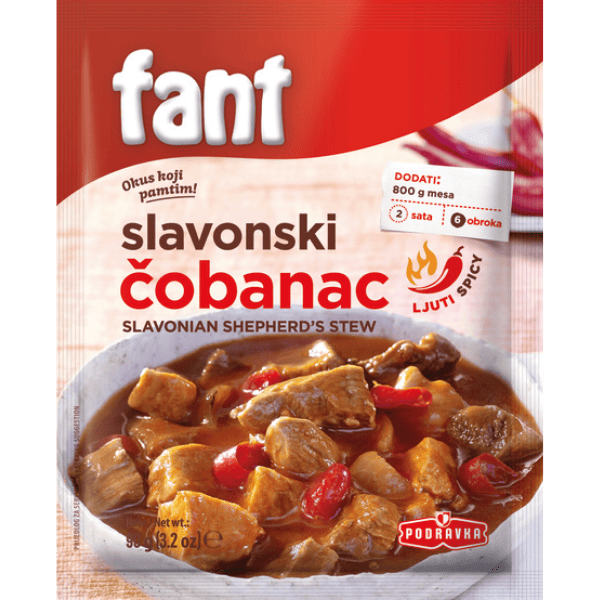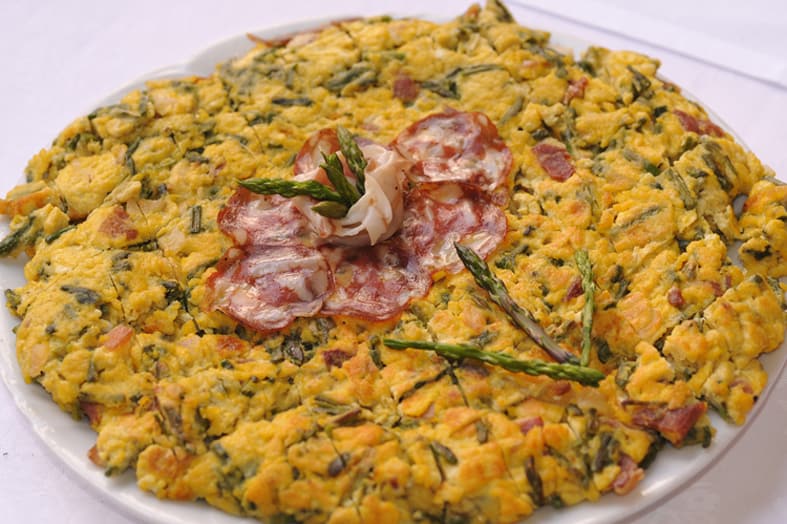

Breakfast in Croatia – We’re looking at the top traditional Croatian breakfast to not miss when visiting Croatia. We explore delicious Croatian breakfast dishes like Zagorje Štrukli, Slavonia Čobanac and more.
Related Travel Guides:
- Best Croatian eSIM for Tourists
- Best Croatia Sim Card
- Read the comparison Split vs Dubrovnik
WHERE TO STAY IN CROATIA
You can access a dorm that can go up to €15-20. And while a hotel that is double room in a budget can go up to €60.
CLICK HERE TO BOOK YOUR ACCOMMODATION IN CROATIA
BOOK YOUR TRAVEL INSURANCE
You can read Heymondo Vs Safetwing cheapest travel Insurance. You can get for $135 USD your Heymondo Travel Insurance with Heymondo discount code valid for 90 days. Read our full Heymondo Travel Insurance Review
You can get Safetywing Travel Insurance for Digital Nomads valid for 28 days Safetywing for $50 USD per month with kids until 10 years old included
What is in a Traditional Croatian Breakfast?
A traditional Croatian breakfast typically includes bread, cold cuts, cheese, spreads, and sometimes vegetables. Fresh bread, such as kruh (a type of white bread) or cornbread, is a staple, often accompanied by pastries like kiflice (crescent-shaped rolls) or burek (a flaky pastry filled with cheese, meat, or spinach).
Cold cuts, including pršut (Croatian prosciutto) and kulen (spicy sausage), are popular, as are cheeses like sir (a white cheese similar to feta) and paški sir (a hard sheep’s milk cheese from the island of Pag). Spreads such as jam, honey, or pâté are also common, along with fresh or pickled vegetables like tomatoes, cucumbers, or peppers.
Croatian Cuisine and Croatian Breakfast Culture
Croatian cuisine is a delightful blend of diverse regional influences, owing to the country’s location at the crossroads of Central Europe, the Mediterranean, and the Balkans. Rich in history, culture, and tradition, Croatian food offers a mix of flavors and culinary styles that reflect the various civilizations that have left their mark on the nation. Croatian breakfast, in particular, showcases the simplicity and freshness of the ingredients, providing a delicious and satisfying start to the day.
Croatian cuisine is characterized by regional diversity, with each area boasting its unique dishes and ingredients. The coastal regions, like Dalmatia and Istria, are influenced by Mediterranean cuisine and feature seafood, olive oil, and fresh herbs. In contrast, the inland regions, such as Zagorje, Slavonia, and Lika, showcase Central European and Balkan flavors, with an emphasis on meats, potatoes, and hearty stews.
Regardless of the region, Croatian food is typically prepared using fresh, locally-sourced ingredients, and meals are often enjoyed in a leisurely, communal manner. Whether indulging in a simple breakfast of bread, cheese, and cold cuts, or savoring a traditional regional dish, experiencing Croatian cuisine provides a delicious glimpse into the country’s rich culinary heritage.
Best Breakfast In Croatia
Here are some local traditional breakfast dishes from various regions of Croatia:
Zagorje Štrukli

A dish made from dough and filled with cheese (usually cottage cheese) and sometimes with additions like herbs or walnuts. Štrukli can be boiled or baked and may be served savory or sweet, depending on the preparation.
Slavonia Čobanac / Slavonski čobanac

Although more of a hearty stew than a breakfast dish, it can still be enjoyed as a morning meal. Čobanac is a slow-cooked meat stew (usually pork, beef, and/or venison) spiced with paprika and other seasonings, typically served with bread.
Dalmatia Soparnik

A savory pie made from a thin layer of dough filled with Swiss chard, onions, and parsley, then topped with another layer of dough and baked. Soparnik is typically sliced into squares and drizzled with olive oil and crushed garlic.
Istria Fritaja

A Croatian omelet made with eggs, seasonal vegetables, and sometimes fresh herbs, cheese, or cured meats. Fritaja can be customized to personal tastes and available ingredients.
Lika Ličke pole

These are potato dumplings typically served with a side of sauerkraut or sour cream. Ličke pole are made by combining grated potatoes with flour, eggs, and salt, forming dumplings, and then boiling them.
Kvarner Smokvenjak

A dried fig cake made by combining chopped dried figs with almonds, walnuts, raisins, and a dash of grape brandy or grappa. While not specifically a breakfast dish, it can be enjoyed in the morning alongside other breakfast items.
Best Time to Visit Croatia
The best time to visit Croatia depends on your preferences and the activities you’d like to enjoy during your trip. In general, the most popular time to visit is during the late spring and summer months, when the weather is warm, and the days are long. However, each season offers its unique charm and advantages:
Late Spring (May to June)
The late spring months are ideal for visiting Croatia, as the weather is pleasantly warm, and tourist crowds are not yet at their peak. This is an excellent time for sightseeing, outdoor activities, and enjoying the beautiful national parks, such as Plitvice Lakes and Krka. The Adriatic coast starts to warm up, making it possible to swim and sunbathe.
Summer (July to August)
This is the peak tourist season in Croatia, characterized by hot, sunny weather and bustling coastal towns. The summer months are perfect for beach vacations, sailing, and island-hopping along the Adriatic coast. However, be prepared for larger crowds, higher accommodation prices, and the need to book well in advance.
Early Autumn (September to October)
Early autumn is another great time to visit Croatia. The weather remains warm, the sea is still suitable for swimming, and the tourist crowds begin to thin out. This period is perfect for enjoying outdoor activities, exploring historical sites, and attending local festivals, such as the grape harvest season in the wine regions.
Winter (November to February)
The winter months in Croatia can be cold, especially in the inland areas. While this might not be the ideal time for beach vacations, it is an excellent time for city breaks, visiting cultural and historical sites, and enjoying the Christmas markets. In addition, the ski resorts in Croatia, such as Sljeme near Zagreb, offer winter sports opportunities.
Spring (March to April)
The early spring months can be a bit unpredictable in terms of weather, with occasional rain and cooler temperatures. However, this is a beautiful time to visit Croatia, as the countryside starts to bloom, and tourist crowds are still low. This period is ideal for sightseeing, hiking, and enjoying nature.
Click here to find out the accurate weather in Croatia
About the Author: Ruben, co-founder of Gamintraveler.com since 2014, is a seasoned traveler from Spain who has explored over 100 countries since 2009. Known for his extensive travel adventures across South America, Europe, the US, Australia, New Zealand, Asia, and Africa, Ruben combines his passion for adventurous yet sustainable living with his love for cycling, highlighted by his remarkable 5-month bicycle journey from Spain to Norway. He currently resides in Spain, where he continues sharing his travel experiences with his partner, Rachel, and their son, Han.
